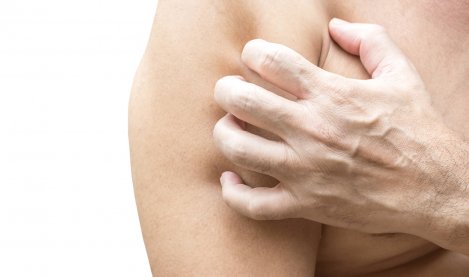Understanding my skin
How can you tell the difference between dry skin and dehydrated skin?
The first sign of dry to very dry skin is discomfort on the face and body, especially after a bath or shower. Discomfort can include tightness, stiffness, scales, “snake skin” and more. This poorly-nourished skin no longer fulfils its barrier role. While dryness is a characteristic of a certain skin type, it can easily be confused with dehydrated skin, which is usually a temporary condition.















